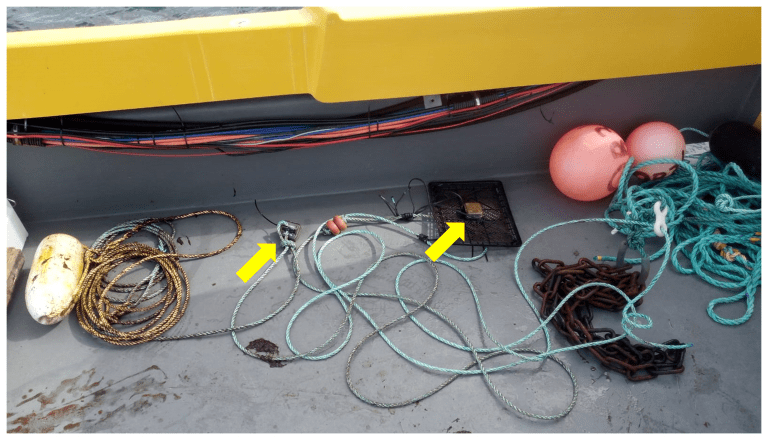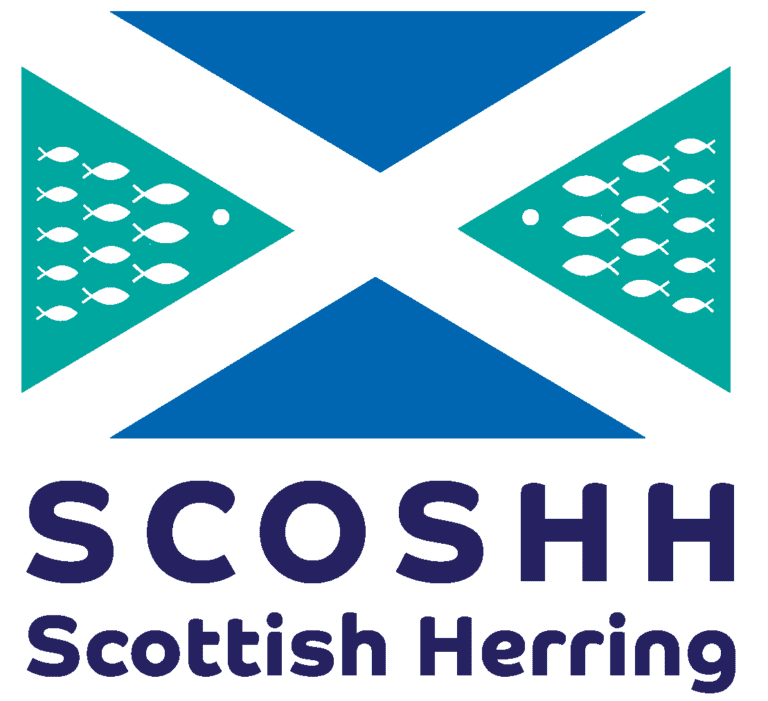Update: Spring 2023 WOSHH Fieldwork
Shore-based environmental (e)DNA sampling, which was successfully trialed for detecting herring DNA from water samples taken in Wester Ross in spring 2022, was repeated over a 14-week period with members of the community in Gairloch, Applecross, Skye and Arran. We will provide a further update on the results when they become available.
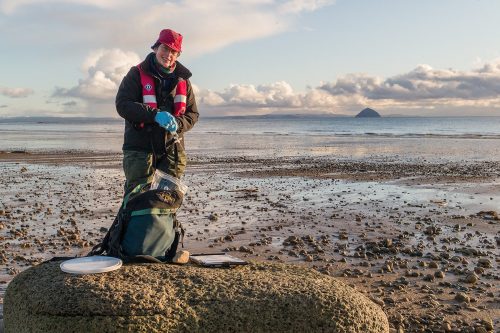
Marine plankton samples were collected for WOSHH by the Wester Ross Fisheries Trust, near Gairloch, the Community of Arran Seabed Trust (COAST) and by other community members from the Isle of Arran. Samples were obtained from the shore, kayak or boats-based plankton net tows. The presence of recently-hatched small herring fry would indicate herring had spawned somewhere nearby. Samples collected near Gairloch contained clupeid larvae (herring, sprat or mackerel), but they were too delicate for definitive identification based on morphology alone. The fish larvae were also less abundant and patchier in distribution this year than they were in 2022.
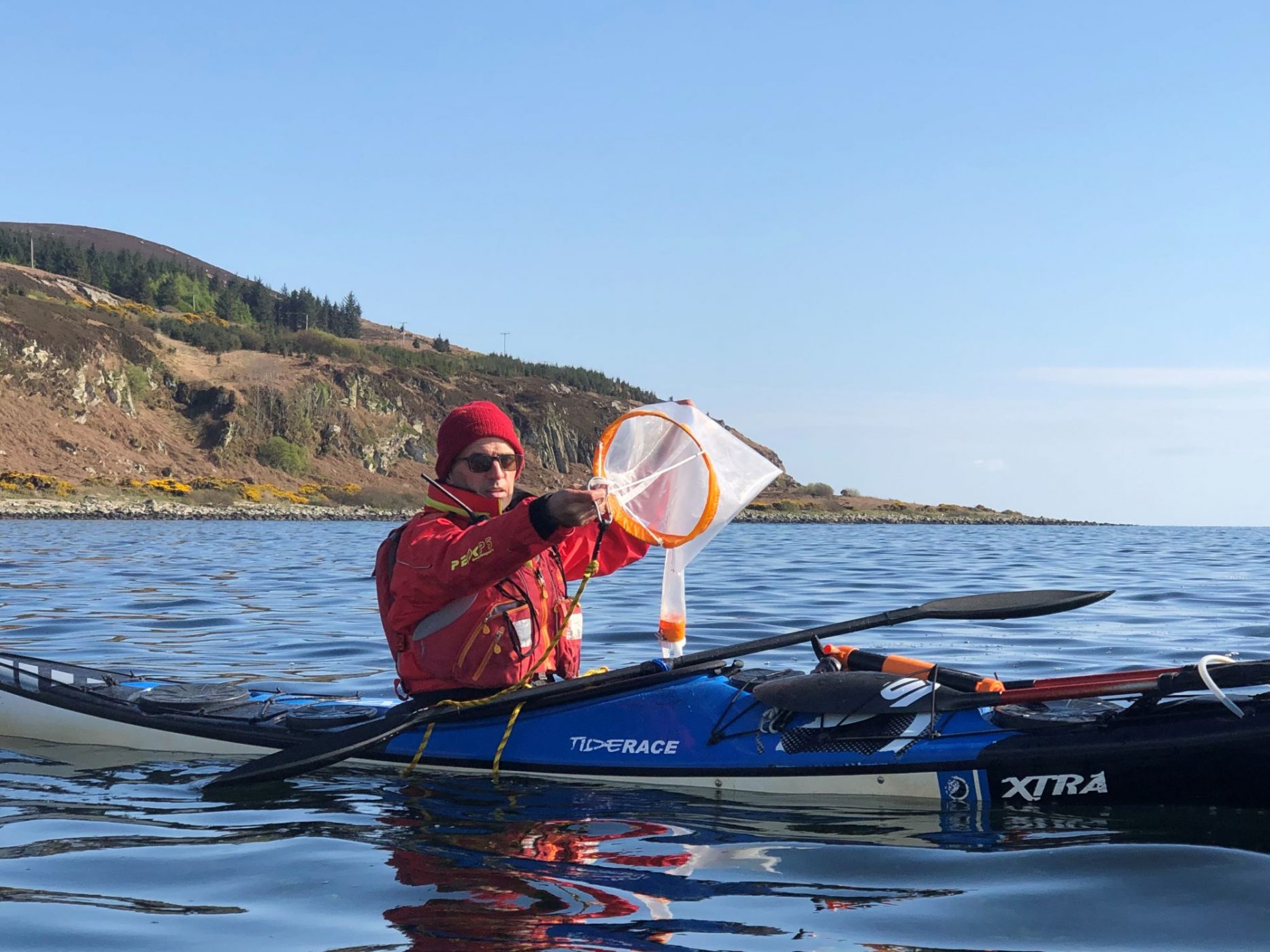
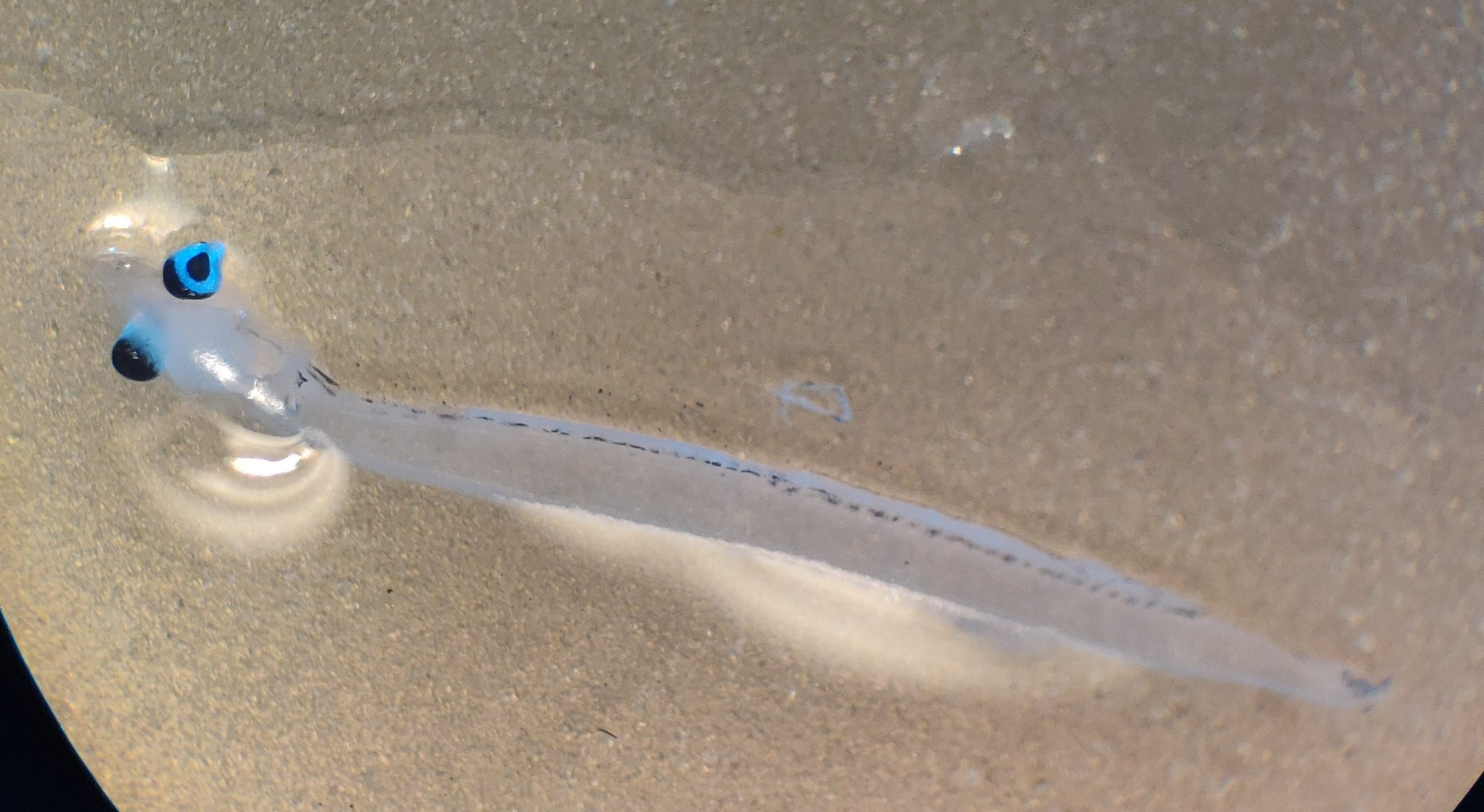
WOSHH has also, for the first time, trialled using sound recordings to detect herring shoals inshore. Small sound recorders (pictured below), called HydroMoths, were placed on creels or anchors midwater and near the seabed to test if the method could be used to detect the Fast Repetitive Tick (FRT) sounds herring shoals produce. The recorders have recently been retrieved, and an update on this exciting new part of WOSHH will follow once the recordings have been analysed.
